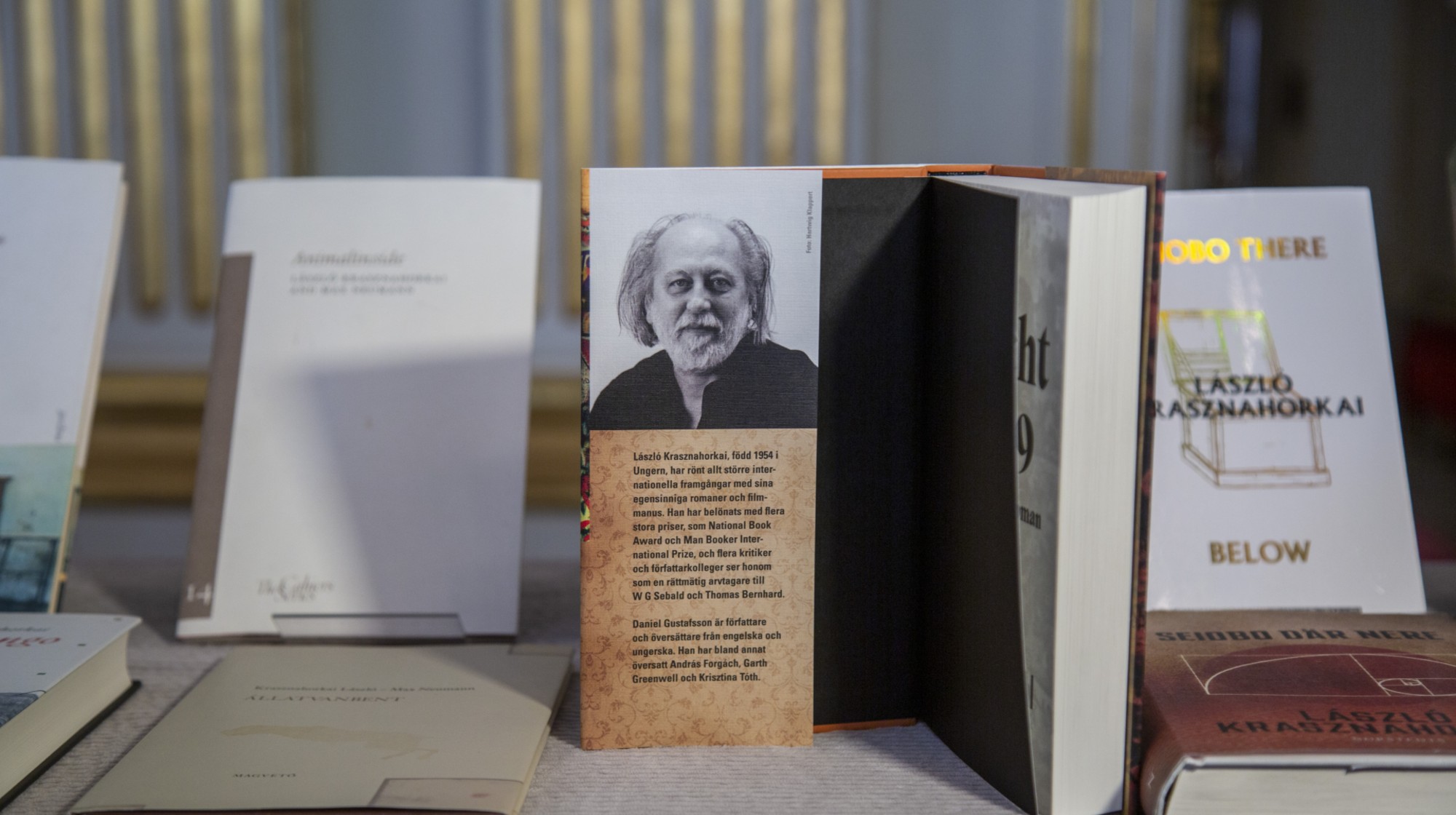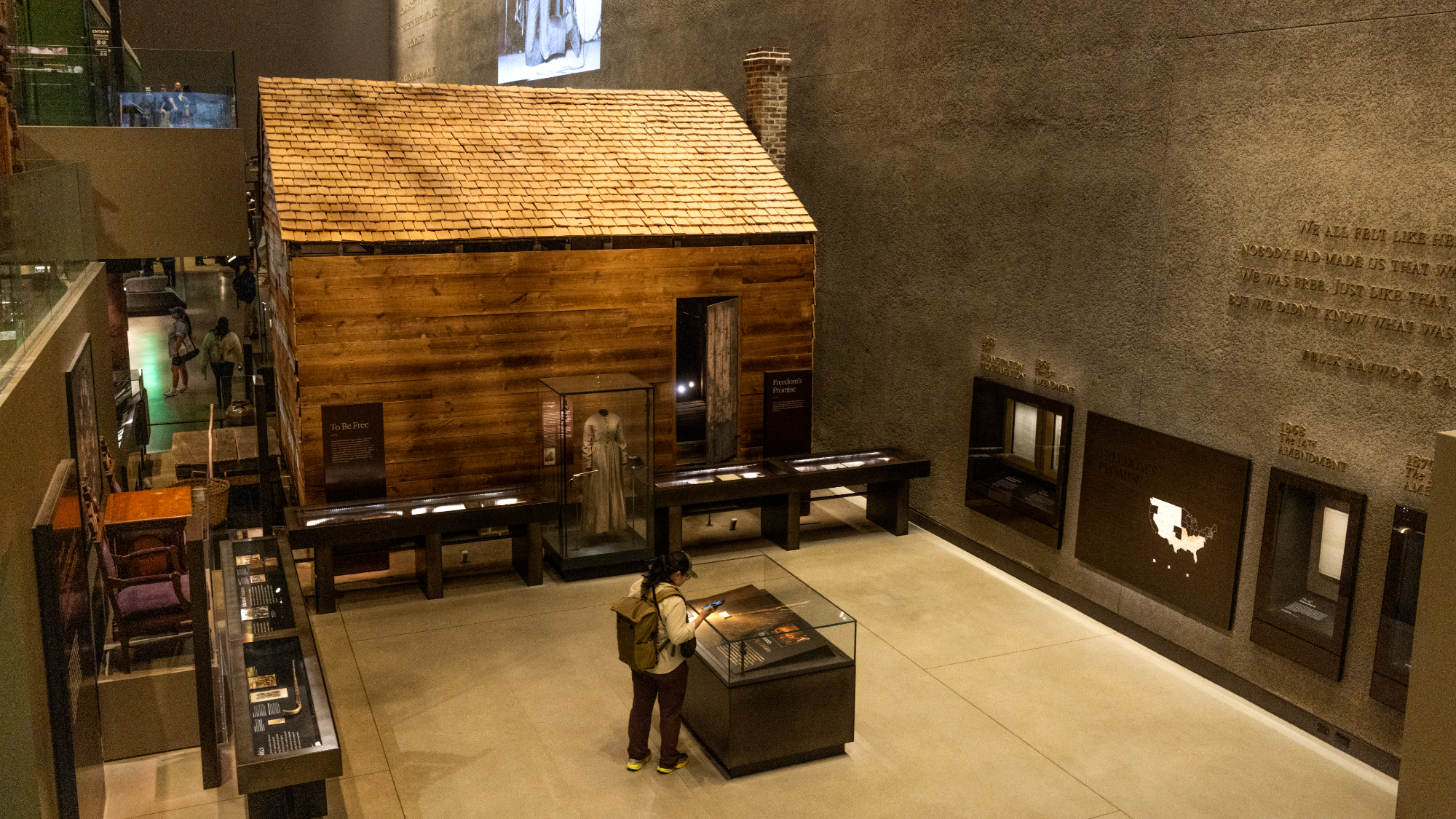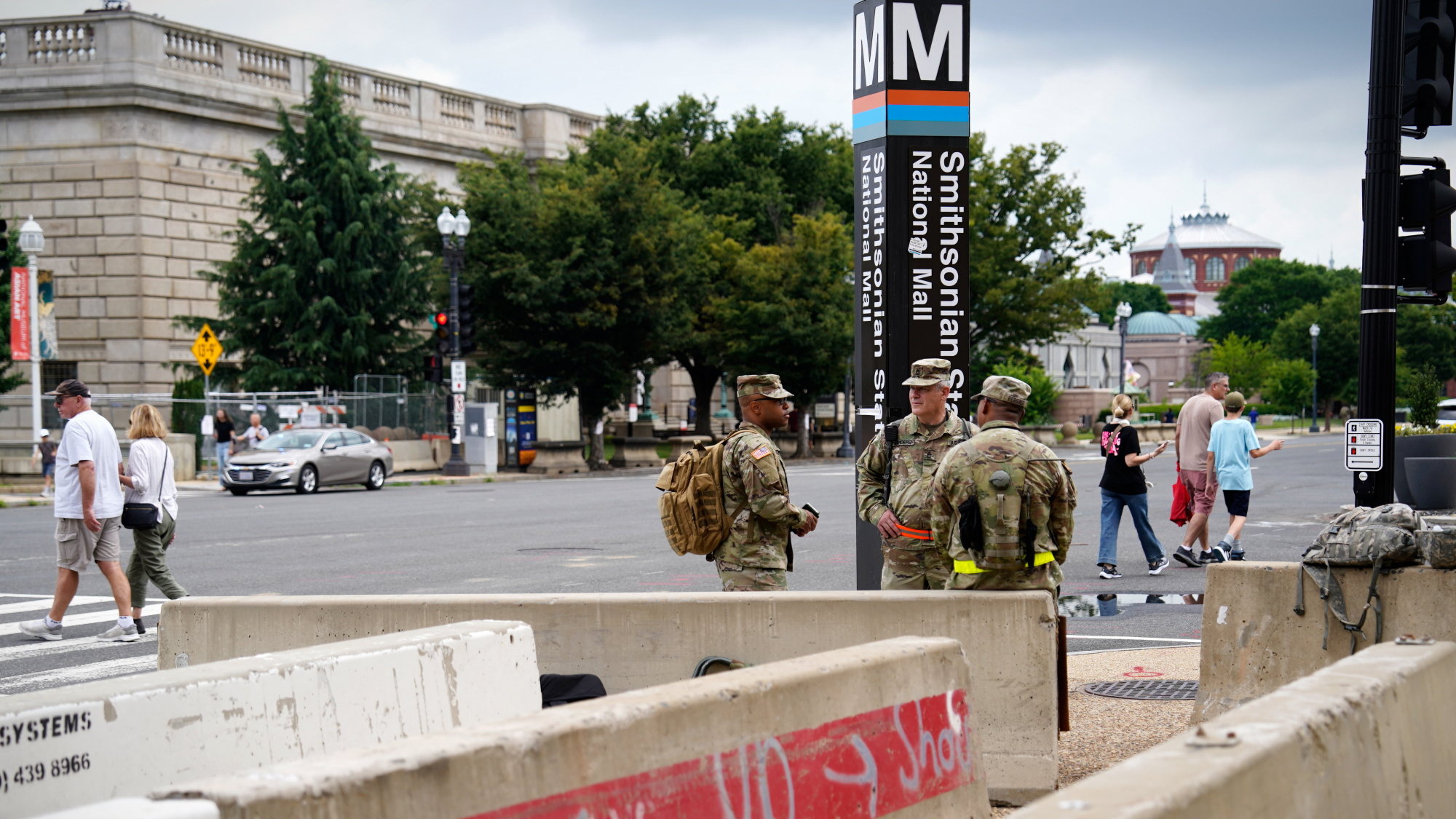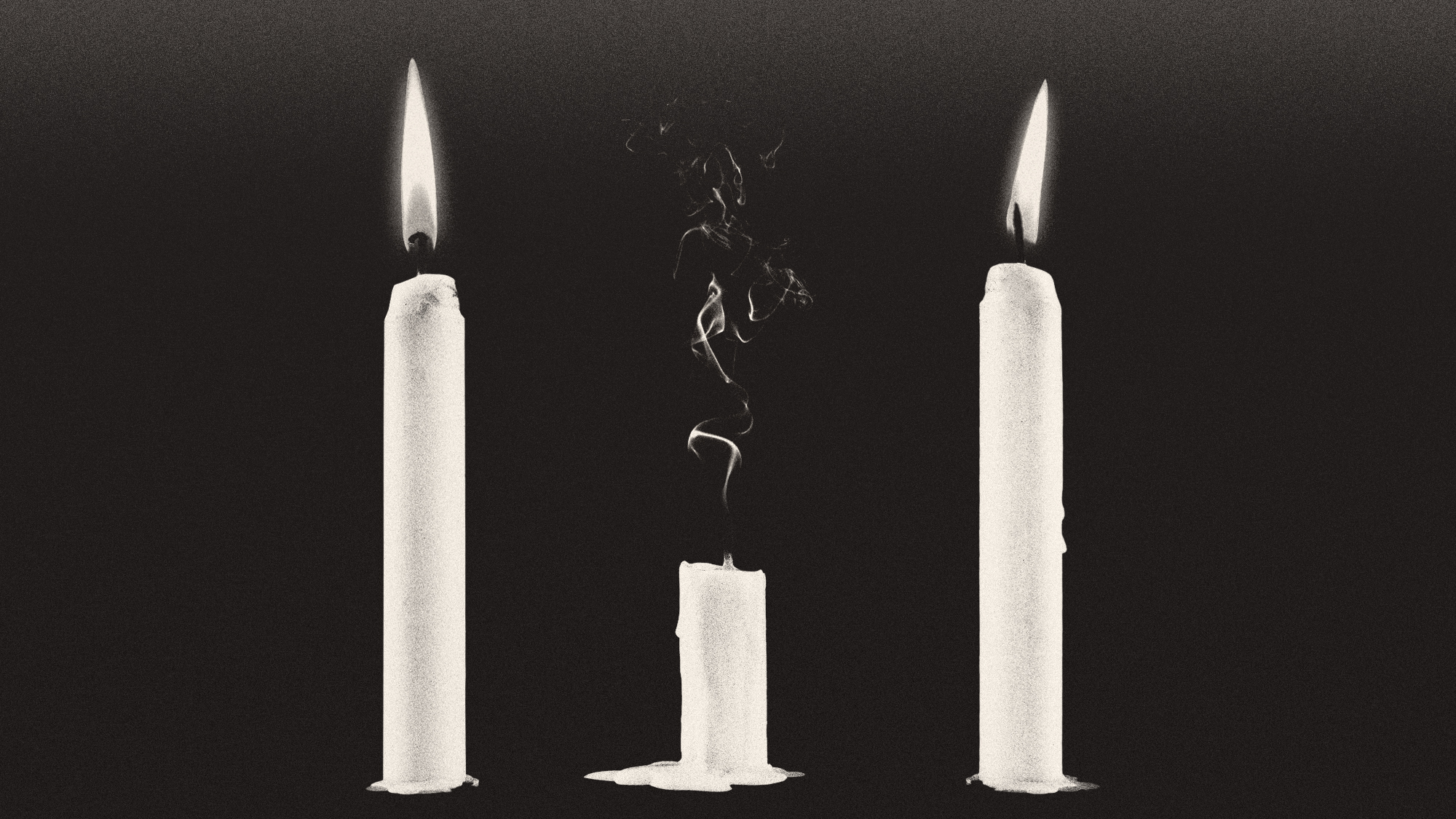Teenagers who defaced a historic black schoolhouse were sentenced to read books. Here's what one got out of it.


Five Virginia teenagers who covered a historic black schoolhouse with racist graffiti last year didn't have to clean up what they'd done.
Instead, they had to read.
A judge replaced the vandals' community service punishment with a reading list and book reports. To Kill a Mockingbird, Harper Lee's story of the Jim Crow South; The Kite Runner, Khaled Hosseini's novel of ethnic persecution in Afghanistan; and Night, Elie Weisel's Holocaust memoir, were a few of the choices.
The Week
Escape your echo chamber. Get the facts behind the news, plus analysis from multiple perspectives.

Sign up for The Week's Free Newsletters
From our morning news briefing to a weekly Good News Newsletter, get the best of The Week delivered directly to your inbox.
From our morning news briefing to a weekly Good News Newsletter, get the best of The Week delivered directly to your inbox.
The New York Times caught up with one of the teenagers a year later, as well as authors of the books that were part of the punishment, to see what they thought about the unusual mandate. The teenager passed his court-ordered essay on to the Times; in it, he describes how he didn't know much about the swastika he graffitied before reading Night.
“I was wrong, it means a lot to people who were affected by them," he wrote. "It reminds them of the worst things, losing family members and friends."
Marilyn Nelson, author of A Wreath for Emmett Till, said she wasn't "pleased to know" her work was used as punishment. But Hosseini thought otherwise.
“Books allow us to see ourselves in another. They transform us," Hosseini told the Times. "I hope reading The Kite Runner was a small step along that transformation for this young man.”
A free daily email with the biggest news stories of the day – and the best features from TheWeek.com
With book reports turned in, the teenagers had their charges dropped in January. Read more at The New York Times.
Kathryn is a graduate of Syracuse University, with degrees in magazine journalism and information technology, along with hours to earn another degree after working at SU's independent paper The Daily Orange. She's currently recovering from a horse addiction while living in New York City, and likes to share her extremely dry sense of humor on Twitter.
-
 Son arrested over killing of Rob and Michele Reiner
Son arrested over killing of Rob and Michele ReinerSpeed Read Nick, the 32-year-old son of Hollywood director Rob Reiner, has been booked for the murder of his parents
-
 Rob Reiner, wife dead in ‘apparent homicide’
Rob Reiner, wife dead in ‘apparent homicide’speed read The Reiners, found in their Los Angeles home, ‘had injuries consistent with being stabbed’
-
 Hungary’s Krasznahorkai wins Nobel for literature
Hungary’s Krasznahorkai wins Nobel for literatureSpeed Read László Krasznahorkai is the author of acclaimed novels like ‘The Melancholy of Resistance’ and ‘Satantango’
-
 Primatologist Jane Goodall dies at 91
Primatologist Jane Goodall dies at 91Speed Read She rose to fame following her groundbreaking field research with chimpanzees
-
 Florida erases rainbow crosswalk at Pulse nightclub
Florida erases rainbow crosswalk at Pulse nightclubSpeed Read The colorful crosswalk was outside the former LGBTQ nightclub where 49 people were killed in a 2016 shooting
-
 Trump says Smithsonian too focused on slavery's ills
Trump says Smithsonian too focused on slavery's illsSpeed Read The president would prefer the museum to highlight 'success,' 'brightness' and 'the future'
-
 Trump to host Kennedy Honors for Kiss, Stallone
Trump to host Kennedy Honors for Kiss, StalloneSpeed Read Actor Sylvester Stallone and the glam-rock band Kiss were among those named as this year's inductees
-
 White House seeks to bend Smithsonian to Trump's view
White House seeks to bend Smithsonian to Trump's viewSpeed Read The Smithsonian Institution's 21 museums are under review to ensure their content aligns with the president's interpretation of American history



